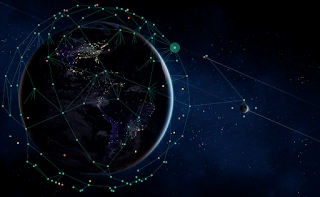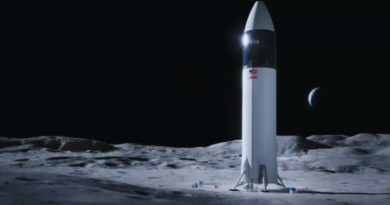Global Volcanic Activity: Understanding Risks and Preparedness Measures

In recent headlines, volcanic activity in locations like Iceland and Italy has sparked concerns about potential catastrophic events. This November, seismic activity near Iceland’s Svartsengi geothermal power plant and Mount Etna’s eruption in Sicily have captured attention. Additionally, 45 other volcanoes worldwide, including those in the Philippines, Guatemala, Colombia, and Indonesia, continue to show signs of activity.
While the rising magma near Iceland’s Svartsengi may not guarantee an eruption, the potential impact remains significant. Mount Etna’s routine eruptions, characterized by ash deposits on nearby towns, illustrate the typical behavior of an active volcano. Other currently active volcanoes pose minor threats mainly to those in close proximity.
Understanding that volcanic eruptions result from fresh magma reaching the Earth’s surface, it’s crucial to note that around 70 volcanoes erupt annually, with approximately 20 erupting daily. Iceland, positioned on the juncture of the North American and Eurasian Plates, is particularly susceptible to volcanic activity.
The 2021 eruption of Iceland’s Fagradalsfjall volcano, dormant for over 800 years, suggests potential future activity. Meanwhile, Mount Etna, consistently active, has a history of more destructive eruptions.
For areas not directly affected, the likelihood of a catastrophic event remains standard. An exception is the town of Grindavik in Iceland, where citizens are evacuated, and protective measures are in place against potential lava flows.
Unless residing in specific affected areas, there’s no need for heightened concern. Ongoing monitoring and preparedness efforts, exemplified by the evacuation in Grindavik, underscore the importance of staying informed about potential volcanic events.








